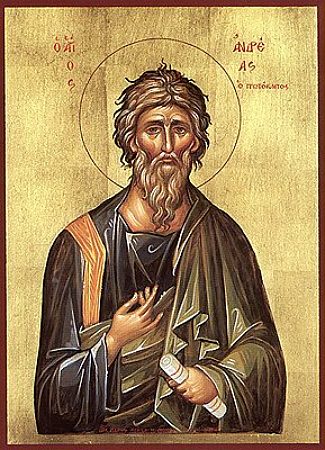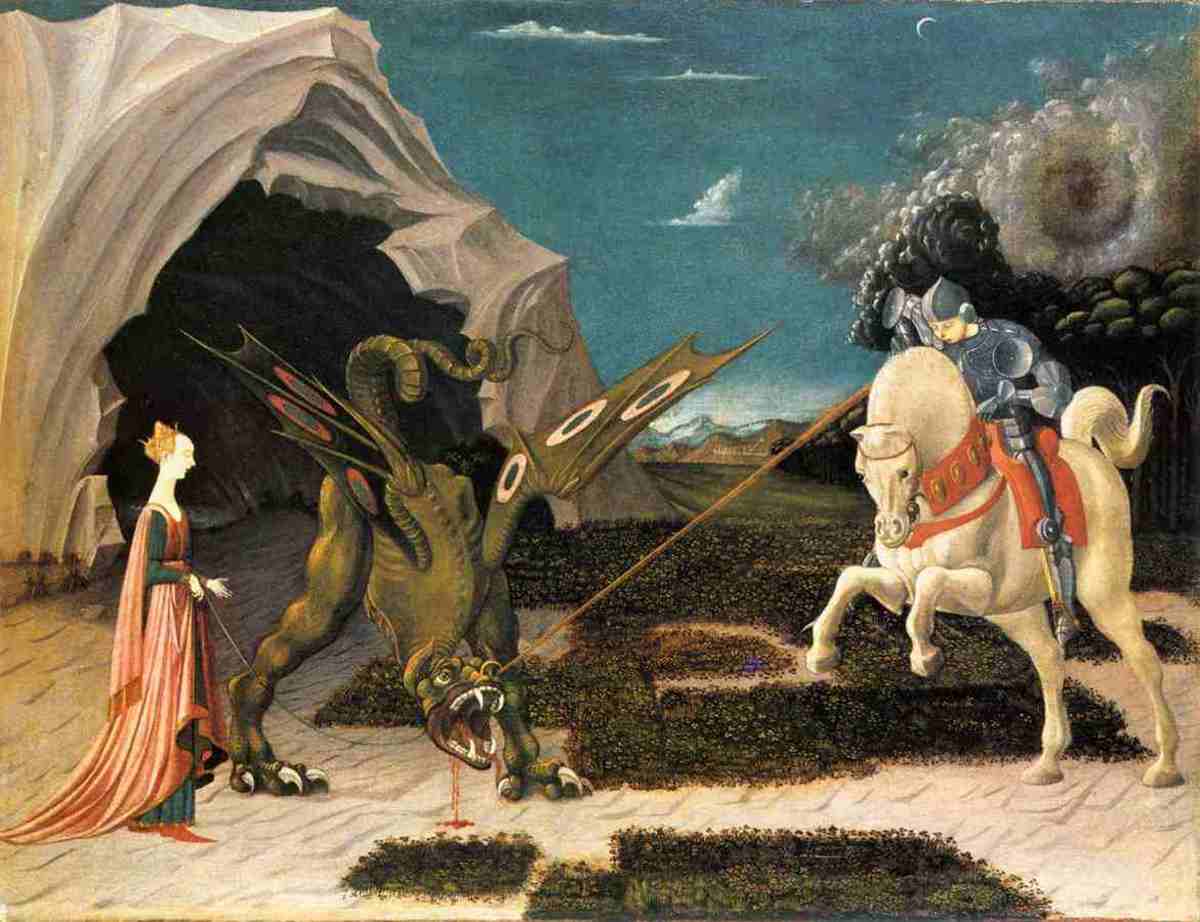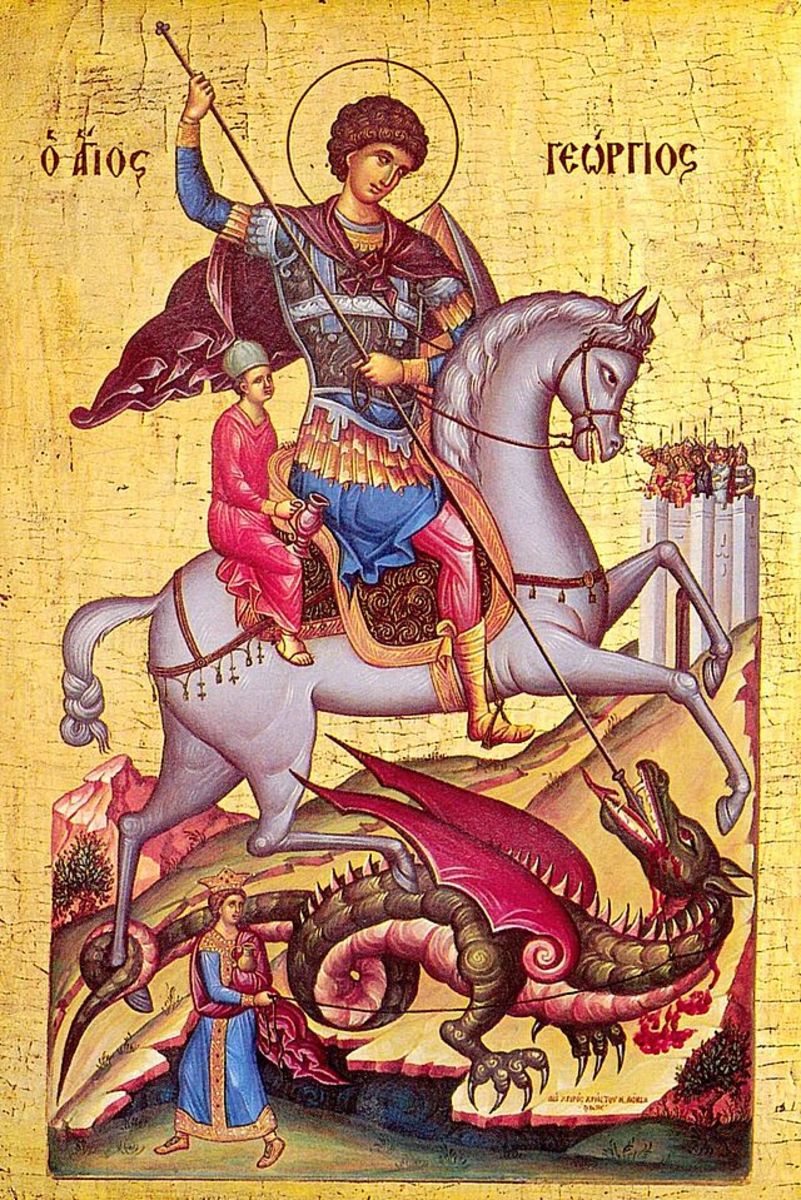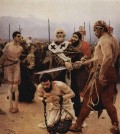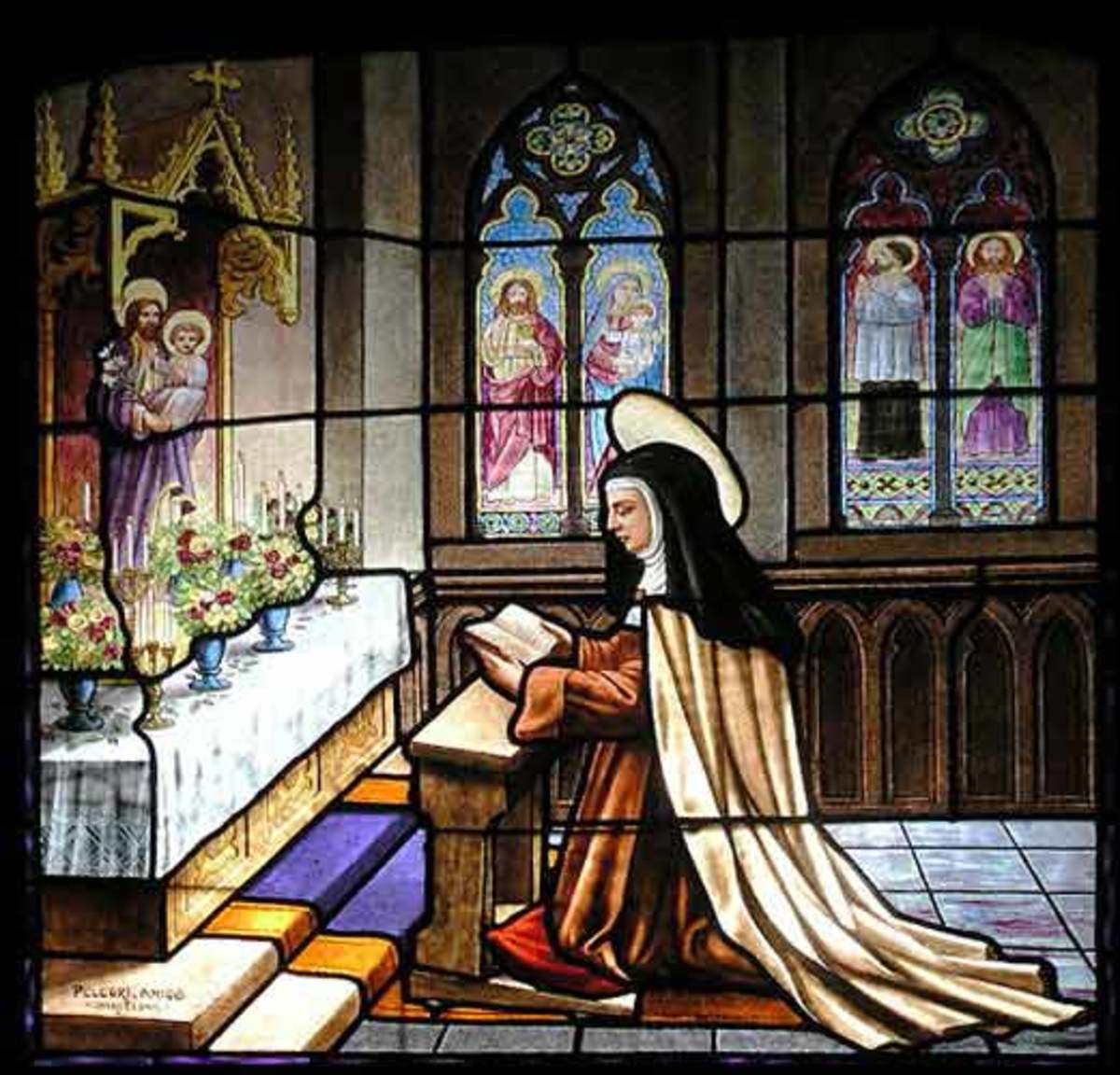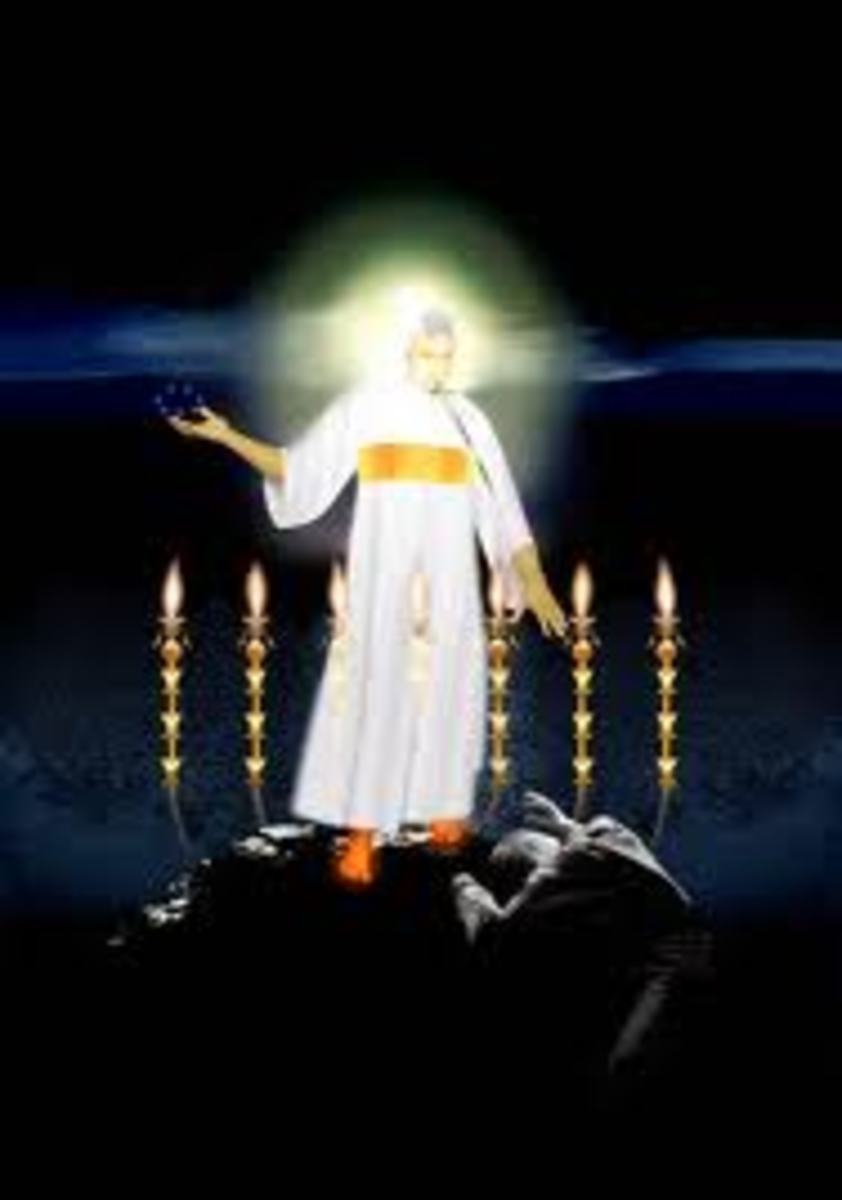The life of St Andrew, Patron Saint of Scotland
Andrew the Apostle (also known as Saint Andrew), son of Jonah, was a Christian Apostle and the younger brother of Saint Pete. A fisherman by profession, he was from Bethsaida of Galilee and the first to be invited by the Jesus to be in his service. This is why he later came to be known as Protoklitos (Greek: πρωτόκλητος) which means the first to be called.
St. Andrew (along with John the Evangelist) were initially students of John the Baptist. One day in the Jordan river John showed them Jesus and said, " Behold the Lamb of God who takes away the sin of the world". Both of them immediately and without any hesitation and prejudice left the old teacher and followed Jesus.
The life of St. Andrew
We don't know much about his life is because references in the New Testament about his apostolic work are minimal. We do know however that until the Crucifixion, Resurrection and Ascension, his life was almost identical to that of the other students.
The ecclesiastical writers mention that St. Andrew preached Christianity in Scythia (now South Russia), Epirus, Thrace and Byzantium, where he founded a church. This early church later became the Ecumenical Patriarchate of Constantinople, which honors Apostle Andrew as founder and first bishop of Byzantium.
He then traveled through Greece, from Thessaly to Achaia, founded another church and managed to convert Maximilla to Christianity , wife of the proconsul Aigeati, whom he allegedly healed from an incurable disease. The Roman officer was enraged and ordered the crucifixion of St. Andrew. However, he requested to be crucified on a diagonal cross as he believed he was not worthy enough to die on a cross of the same shape as Jesus.

Relics
His relics (initially buried by Maximilla and the local bishop Stratokli) were transferred in 357 to Constantinople and deposited in the church of the Holy Apostles. After the fall of Constantinople to the Crusaders in 1204, parts of the relics of St Andrew were taken to Amalfi Campania, while in 1461 the despot of Mystras Thomas Palaiologos entrusted the custody of the skull to St. Pope Pius II, who placed it in the Basilica of St. Peter in Rome.
On September 26th 1964, the skull of St. Andrew was returned to Patra, Greece as a gesture of good will from Pope Paul VI to the Orthodox Church. On January 19, 1980 the Cross of St. Andrew was also returned. Both relics are kept in the church of St. Andrew, a nationwide pilgrimage.
Today, relics of the Apostle Andrew are kept at
- The Basilica of St Andrew in Patras, Greece
- St Mary's Roman Catholic Cathedral, Edinburgh, Scotland
- The Duomo di Sant'Andrea, Amalfi, Italy
- The Church of St Andrew and St Albert, Warsaw, Poland.
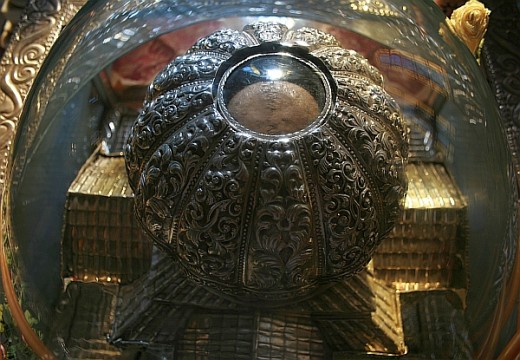

Legacy
Today, St. Andrew is the patron saint of Ukraine, Russia, Romania, the Barbados and Scotland, and patron Saint of Patras, Amalfi, Italy, Lucca Malta and Esgkeira Portugal. He was also the patron saint of Prussia and of the Order of the Golden Fleece. As aforementioned, he is considered the founder of the Church of Byzantium and is consequently the patron saint of the Ecumenical Patriarchate of Constantinople.
The Scottish flag bears the saltire cross of St. Andrew. The saltire is also the flag of Tenerife, the former flag of Galicia and the naval jack of Russia.
The feast of Andrew takes place on 30 November in both the Eastern and Western churches, and is a national day for Scotland. It is an official flag day and bank holiday in Scotland
How to Recognize him in Art and Iconography
St Andrew is one of the most recognizable Apostles in art or iconography. The four common identifying characteristics of St. Andrew are his wild hair, the long beard, a cross, and a book or scroll. We can see these characteristics in portraits from at least as early as the 6th.
The book (or small scroll) does not indicate that he authored any famous works, but to identify him as a preacher of the Gospel, “one who is sent out”, Apostle.
